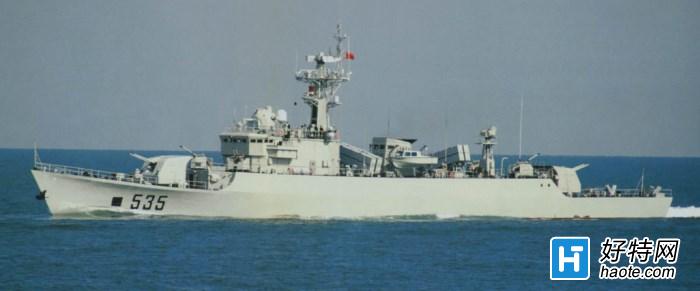玩战舰世界,好奇那么真实世界中,大型战列舰如何克服超大口径主炮同向齐射产生的后坐力?
战列舰论坛转过来。

当一条鸭滑在冰块上侧舷齐射会不会飞掉。
16寸炮开火时的总机械能
Given:
Projectile Weight (弹重): Wp = 2,700 lbs.
Charge Weight(药包重): Wc = 650 lbs.
Muzzle Velocity(炮口初速): Vo = 2,500 fps.
Weight of Recoiling Parts(后座部件重): Wr = 250,000 lbs.
g (重力加速度)= 32.174 fps^2
Projectile Kinetic Energy (弹丸动能)= 0.5*((Wp/g)/2)*Vo^2 = 2.622*10^8 ft-lb.
To compute the kinetic energy of the propellant gases we must know the average velocity of the gases as they escape the muzzle. Experiments have shown that this velocity varies between 1,200 and 1,400 mps. depending on the muzzle velocity of the weapon. For purposes of these calculations we will use 1,200 mps or 3,937 fps.
计算发射药燃气动能
Average outflow velocity of propellant gases(平均燃气喷射速度): w = 3,937 fps
Gas Kinetic Energy(燃气动能) = 0.5*((Wc/g)/2)*w^2 = 78.29*10^6 ft-lb
To compute the Kinetic energy of the recoiling parts, we must determine the velocity that they would achieve if allowed to recoil with no retarding force. This is commonly referred to as the free recoil velocity. To account for the difference between the velocity of the projectile and that of the propellant gases, we will use the aftereffect coefficient B which is defined by the relationship:
计算后座部件动能
小编推荐阅读